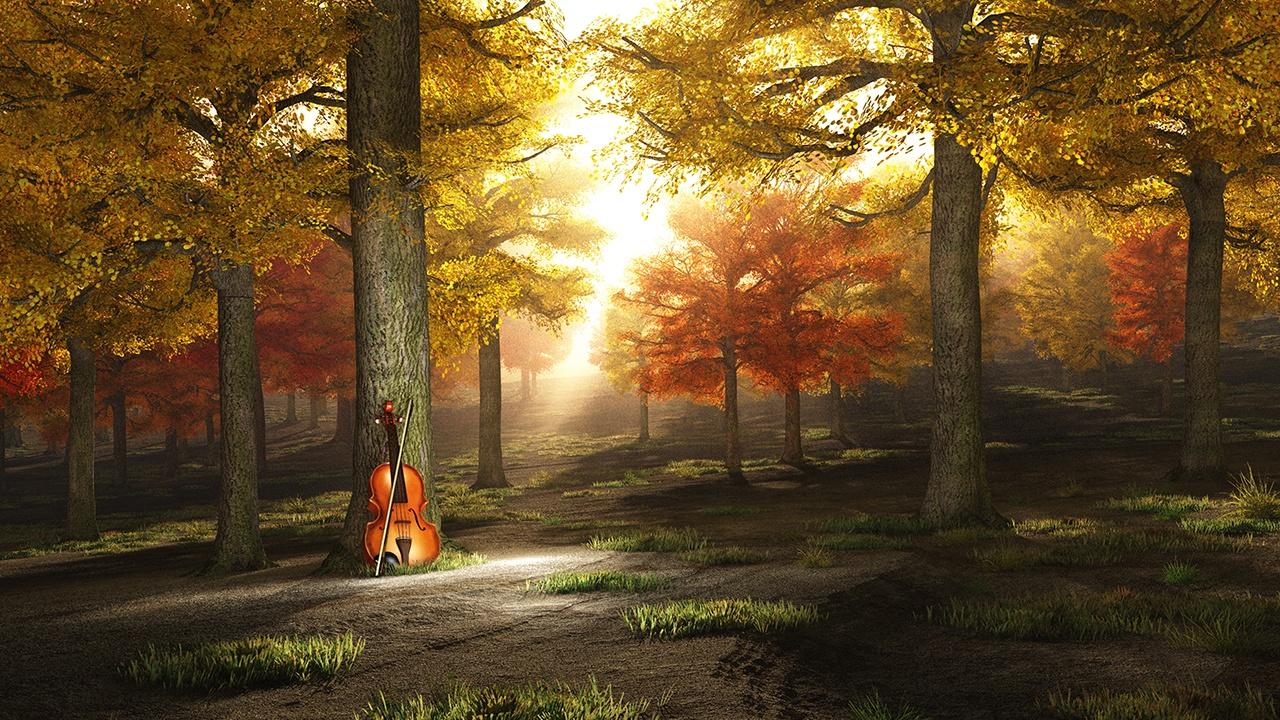My first-grade teacher was a wonderful woman named Mrs. “C”. It was the 1970-71 school year. Back then classroom teachers taught most subjects - reading, writing, arithmetic, science, and social studies. We didn’t switch classes or teachers. We only left the room for art, music, physical education, and lunch. Otherwise, we were with Mrs. “C.”
She had a creative way of teaching us about science, the weather, and the seasons of the year. Every Friday, from September through June, she took us outside to observe a nearby maple tree. We would encircle the tree, observe it carefully, and talk about how it had changed from the week before. In September, our maple tree was full, with big, supple green leaves. In November, it had fewer leaves, and those that remained were yellow, orange, red, and brown. In February, it had no leaves at all, just bare limbs and branches. By April, it had flowery buds. And by June the cycle was complete; our maple tree was once again full, with big, supple green leaves.
After each visit to the old maple tree, we’d return to the classroom and draw what we had observed on pieces of white construction paper using pencils and crayons. Mrs. “C” collected them each week and kept them for us. By the end of the school year, each one of us had created approximately 35-40 drawings of the old maple tree showing its evolution from September through June. Unbeknownst to us, Mrs. “C” had been compiling our drawings into individual flipbooks for us to take home at the end of the school year. The books were titled, “A Year in the Life of a Maple Tree.” When you flipped through the pages slowly, you noticed subtle changes in the maple tree’s appearance from week to week. But it was more fun to flip through the pages quickly because that was like watching a time-lapsed film - which was a pretty cool thing in 1971. You could see an entire year of the maple tree’s life in just seconds.
Well, it’s April again. Look outside. The maple trees are covered in flowery buds that will soon turn into big, supple green leaves. Indeed, nature’s annual cycle continues, despite all we’ve been through lately. That’s reassuring. WNED-Classical continues as well, thanks to you, and THAT’S reassuring too. Our spring-inspired playlist includes many favorites - “Voices of Spring” by Strauss, “Appalachian Spring” by Copland, “Upon Hearing the First Cuckoo in Spring” by Delius, and of course “Spring” from “The Four Seasons” by Vivaldi.
We hope you’ll tune-in to WNED-Classical often this spring. We also hope you’ll take the time to notice...the maple trees.



